At the start of the Covid-19 pandemic, medical education needed a new approach. Hospitals and clinics had either severely limited their training capacity or had closed their doors to clinical training altogether. For international trainees, travel bans and long visa wait times were additional barriers in traveling to the U.S. for clinical rotations.
To help overcome these barriers, AMO introduced virtual rotations. While these rotations safely provided trainees real-time U.S. clinical experience, virtual rotations were more than a temporary alternative to in-person rotations. Instead, virtual rotations were modeled after and provided skills in telehealth.
And as telehealth services continue to rise in popularity with both patients and care, having virtual clinical training experience will be an important part of the future of medical education.
A Hidden Future
Although in limited use, telehealth has been in use since the late-1950s and early 1960s to provide psychiatric consultations between Norfolk State Hospital and the Nebraska Psychiatric Institute. However, by 2019, despite nearly 60 years of use, data shows that the use of telehealth services was relatively uncommon, hovering around 1% of outpatient services.
Similar to medical education, the pandemic forced healthcare providers to re-evaluate the means by which they provide care. This led to a surge in the use of telehealth services, with use up to 13% in the first six months of the pandemic before leveling off at around 9% of outpatient visits by the end of 2021.
However, the pandemic also raised awareness of telehealth availability that revealed advantages for both patients and care providers. With the convenience that comes with a telehealth visit, nearly half of U.S. patients said they would continue to use telehealth following the pandemic and a third of patients said they prefer telehealth visits to in-person visits, according to a study from the APA.
The Role of Virtual Rotations
As pandemic-related restrictions ease, virtual rotations remain popular, making up more than a third of AMO’s total reservations. Beyond a popular choice for trainees, the shift toward virtual is also influencing the Match. With intangibles such as “Perceived Commitment to Specialty” ranking high in importance with residency directors, virtual rotations help show a trainee’s adaptability to medicine’s changing technologies, a willingness to approach patient care through multiple mediums, and a commitment to the field through adverse situations.
With telehealth on the rise, virtual rotations have become more than just a solution in the face of a problem. They are a new standard in medical education, providing skills that help prepare trainees for the new ways of interacting with patients and diagnosing that the future of their fields will demand.
Jumpstart your future career and explore AMO virtual rotations by clicking here!
Interested in adding virtual rotations to your hospital’s clinical training program? Check out our tips for launching successful virtual rotations here.


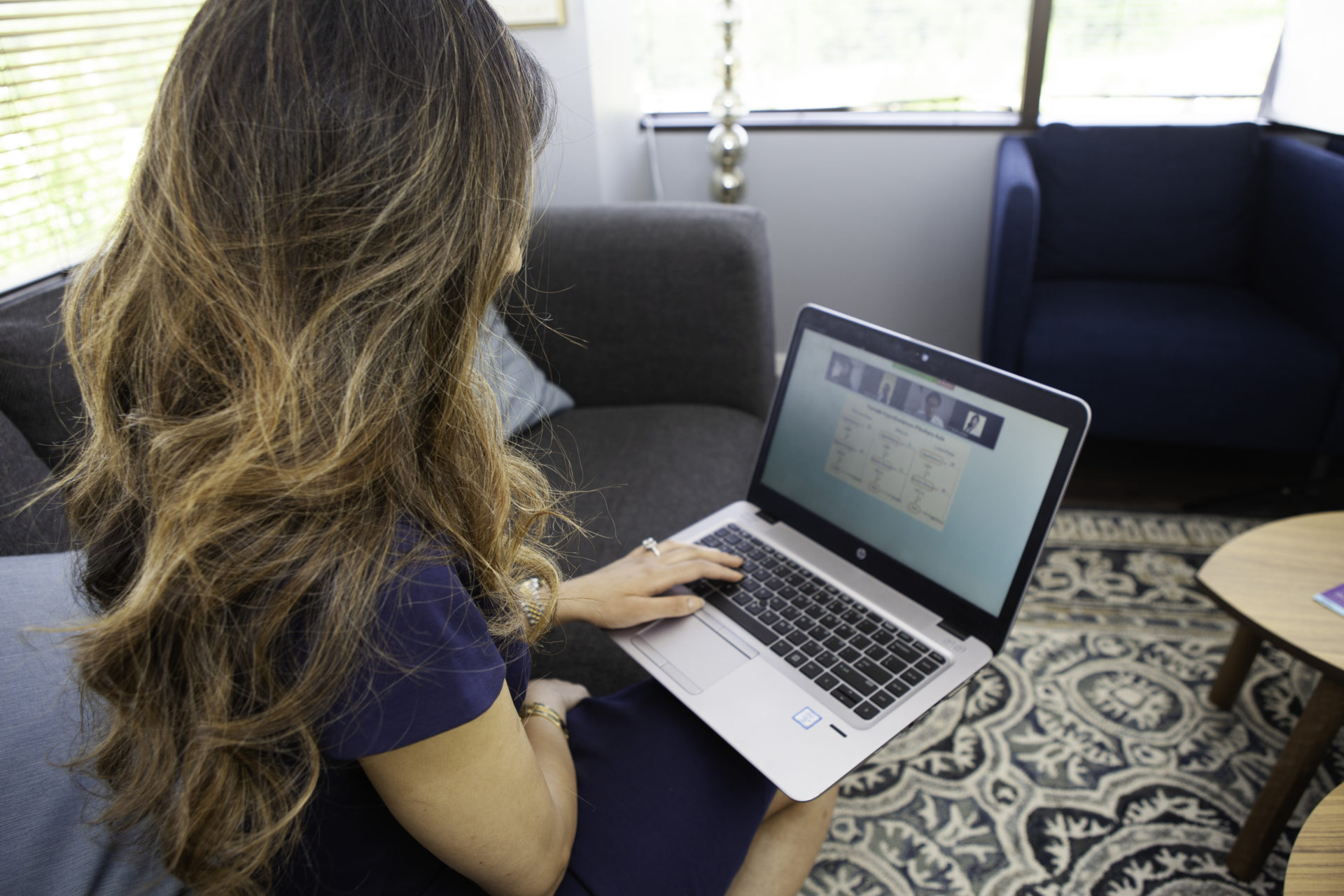
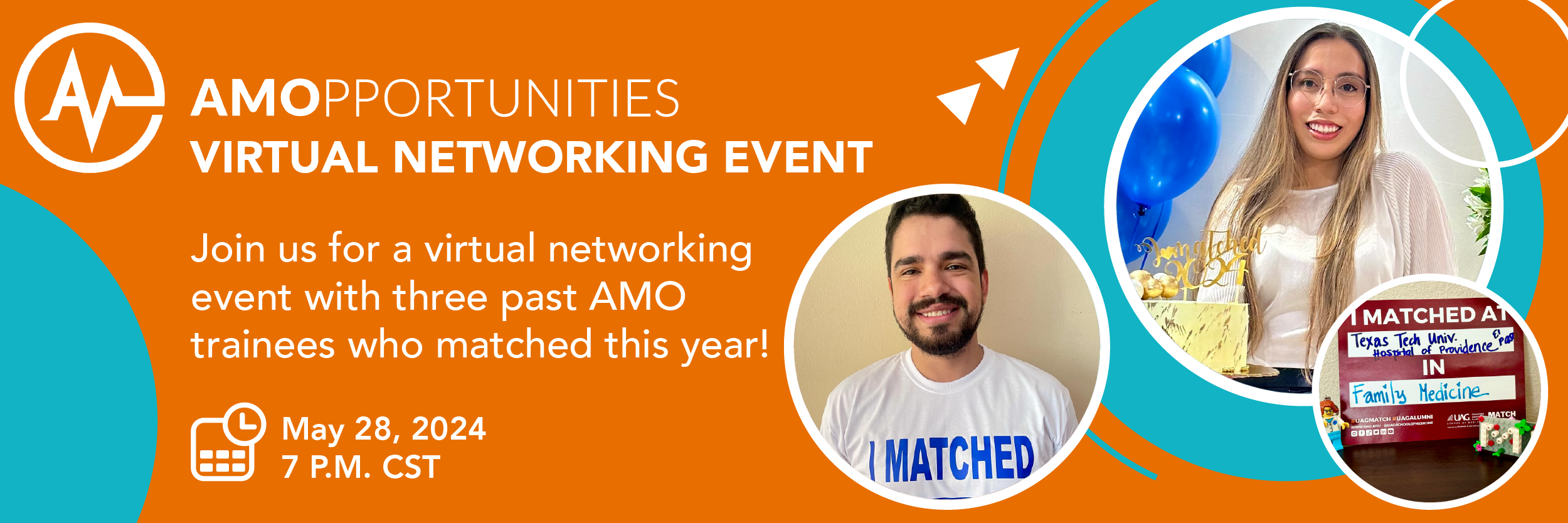
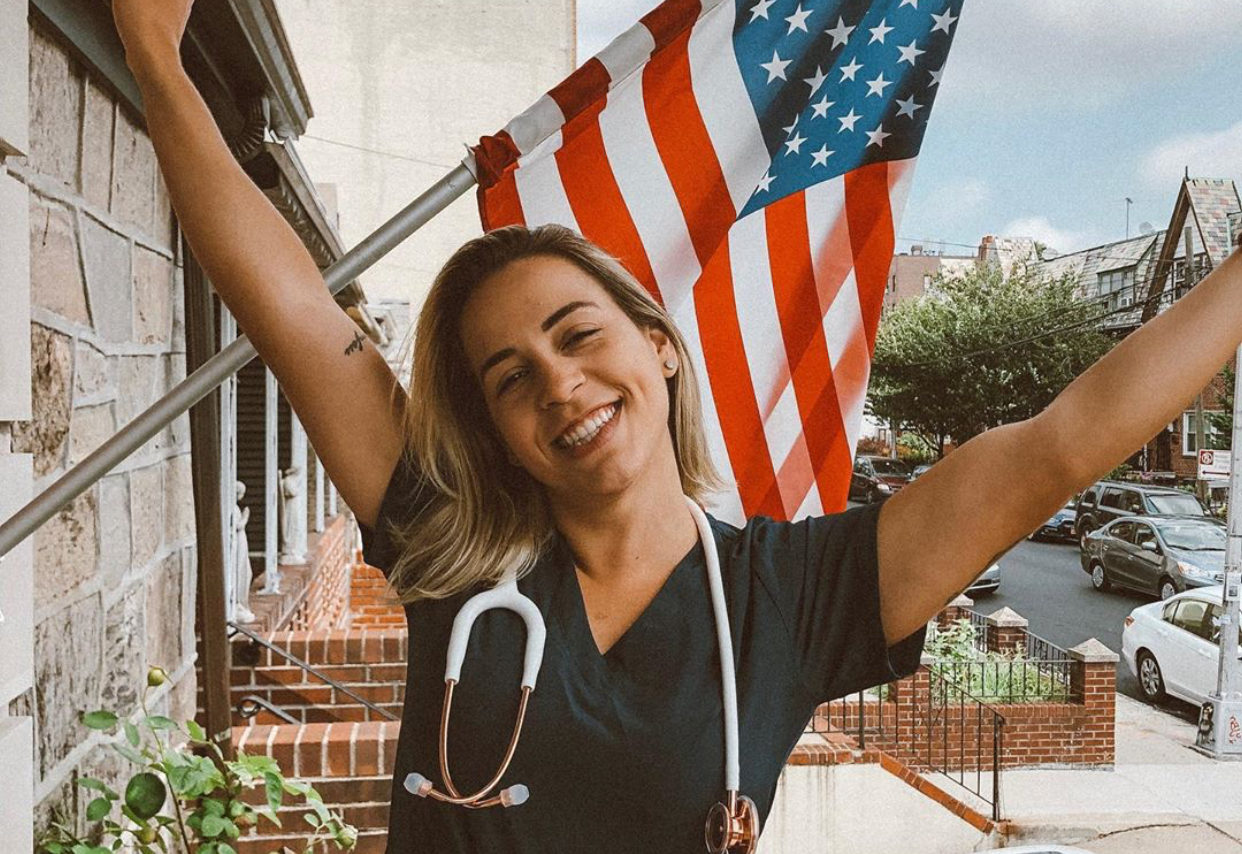
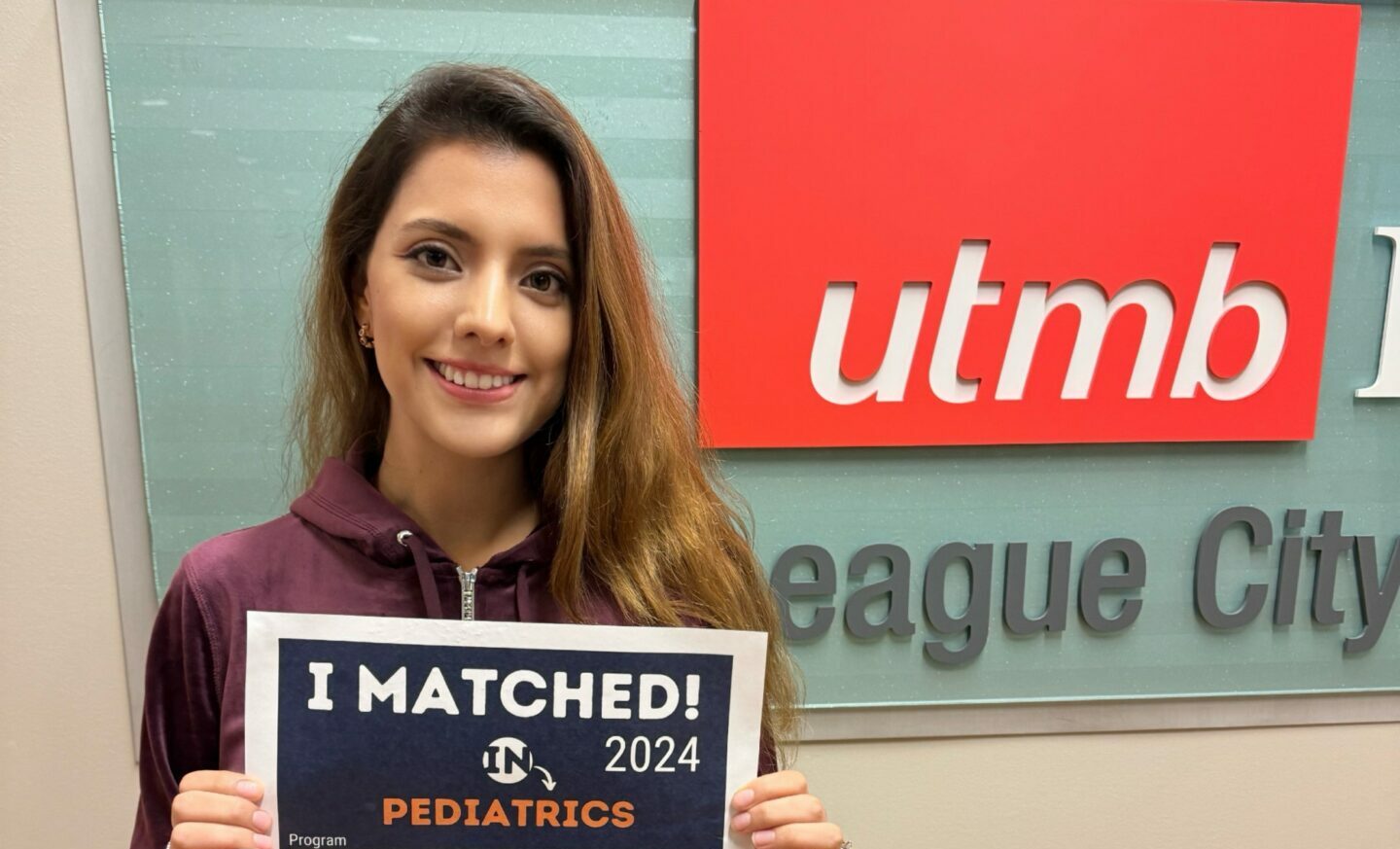
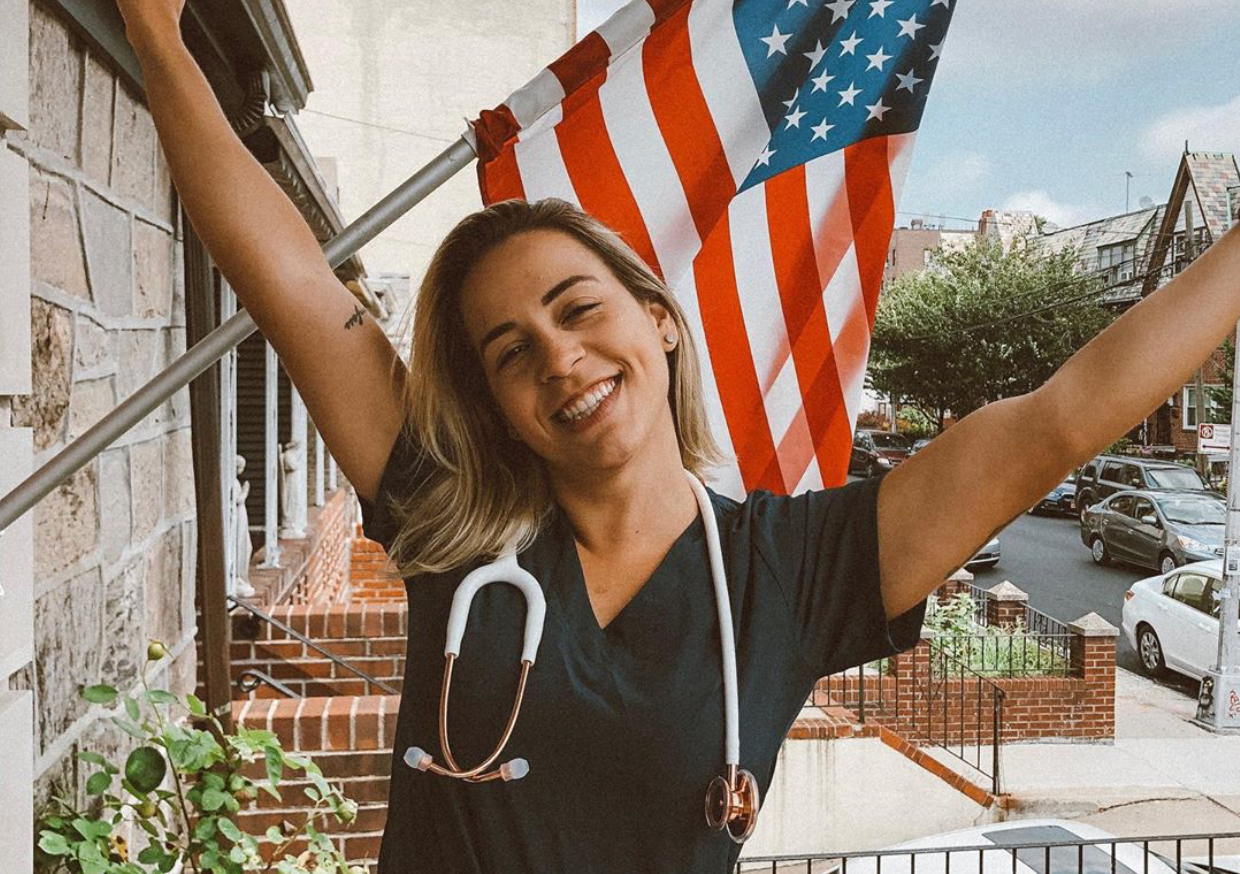
Leave A Comment